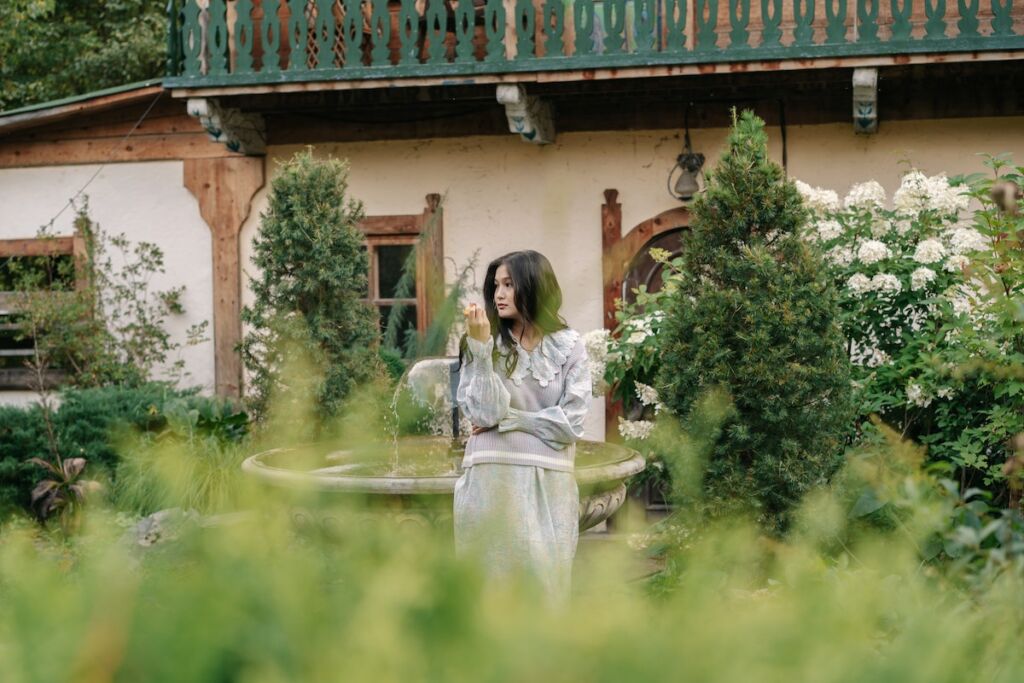There are lots of tools available to you in Photoshop – so many that at first glance, it can be overwhelming. In order to help you get a grip on all of the functions of this post-production programme, we’re giving you a guide to each one in turn. This time, it’s all about the clone tool – and how it can help you to turn your portraits into masterpieces.

Where to find it
Let’s start off with identifying the clone tool in the first place. On the left-hand side of your screen, you will see a toolbar running down the side with lots of options available. One of them will look like a rubber stamp – a circle with a line coming down from it, into a thicker horizontal line, finished off with a shorter horizontal line directly underneath.
This is the clone tool. You can also access the pattern stamp tool on the same menu. If the pattern stamp tool is showing for you, hold down your left mouse button on the icon for a moment and a menu will appear allowing you to switch back to the normal clone tool.

Why use it
Before you start to use the clone tool, you might want to consider why you need to use it. It is useful in a number of scenarios, but there are also a number of times when you should use a different tool instead.
The basic function of the clone tool is to take a sample of your image from somewhere you select, and then clone that sample to the position that you indicate. While other tools might seek to blend your sample into the new area, the clone tool simple pastes into place.
You should use the clone tool for:
- Simple corrections that do not disturb pattern or tone, e.g. covering up a mark on a backdrop, exchanging one small pimple or mark for smooth skin directly next to it,
- Copying patterns onto new areas
- Covering over an area of the image that should not be there, for example covering an area where your backdrop did not quite extend to the end of the frame
- Duplicating patterns, e.g. extending wallpaper over a larger area
You should not use the clone tool for:
- More extensive cover-ups, e.g. removing pimples from a larger area of skin, covering a large area from a small sample
- Covering an area which should retain a unique pattern, as the clone tool can only copy existing patterns in the image – imagine a forest in the background of your image where there are only five unique trees, and the rest all look exactly the same as those original five, creating an obvious false background

How to clone
When you have selected the clone tool, try clicking anywhere on your image. You will see a dialogue box pop up right away which informs you of what to do next! You need to first hold down the Alt key and click on your image to select your source.
The source is the area that you copy from, so choose the smooth piece of skin or the clean piece of backdrop. Here’s where it gets tricky, as you have to choose carefully.
When you move your mouse after the source has been selected and you begin to use the clone tool, the source will move along with your brush. This means that if you are painting downwards, the source will also shift to a lower point of the image.
In practice, let’s imagine that you choose a piece of smooth skin from right above the eyebrow as your source. Now you go to eliminate a series of pimples running down the nose. When you click with your left mouse button, the clone tool will begin to cover up your pimples with smooth skin. However, as you move downwards, it will also start to paste in bits of eyebrow – then eyelashes – then eye!
Instead, try to choose an area for your source with the direction you need to move in mind. So, if you were cloning downwards, the cheek might be a better area to find smooth skin. Of course, the smaller the area you are working on with your clone tool, the easier it will be to find the right source. This is why it is recommended to use it with single pimples and marks, or large areas without patterns and features, rather than on complicated areas.
You can use Alt-click to select your source as many times as you like if you are not happy with your current source, or if you have only a small source area to deal with.

What settings to change
At the top of your screen, you will see a number of options which you can use to change your clone tool up. One of these is the opacity. If you select a lower opacity, the image you are cloning will be pasted on lighter, which can make your edits more subtle.
If you are trying this technique, it is recommended that you work on a different layer, so that the edits are non-destructive. When using more than one layer, there is another setting you will need to change. There is a dropdown box which is marked with ‘Sample’, and then some layer options. Normally it will be set to ‘Current layer’. If you choose ‘Current and below’, you will use everything that is on your layer or below it. If you choose ‘All layers’, you will be copying everything that you can see.
You can also change your flow, mode, clone source, and paintbrush, though these are more advanced techniques that you may wish to leave until you understand the clone tool better. They are very similar to settings on other tools, so once you understand one, you will understand them all!

How do you use the clone tool? Do you have any additional recommendations for when or how to use it? Let us know in the comments!
Very interesting topic